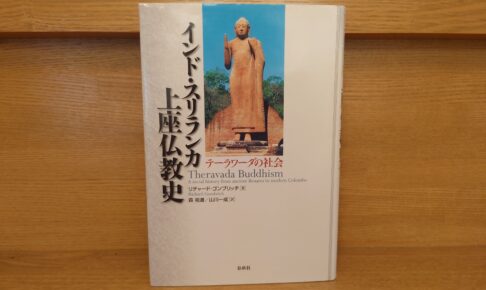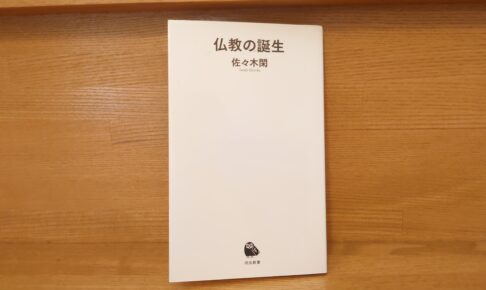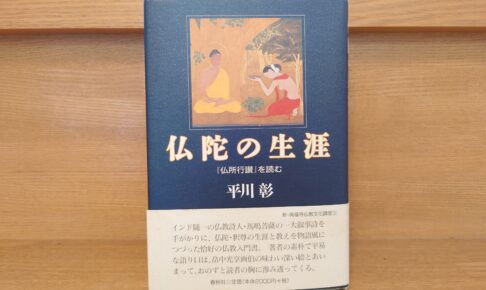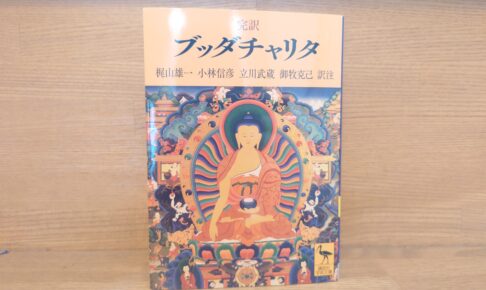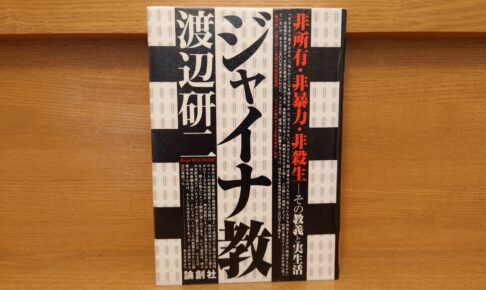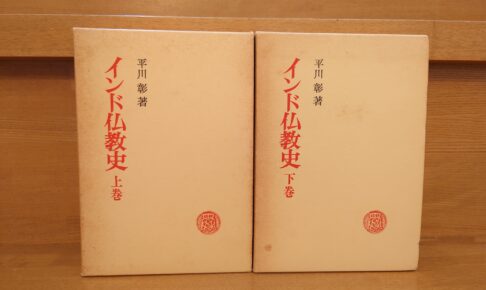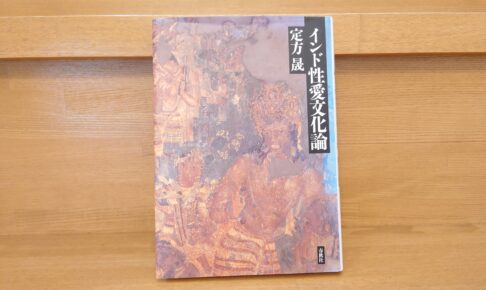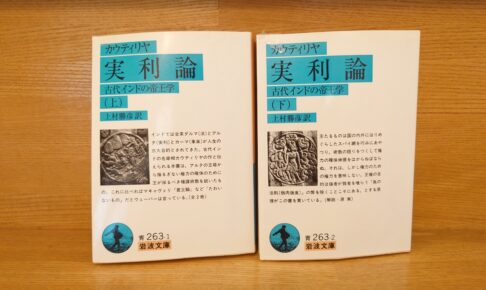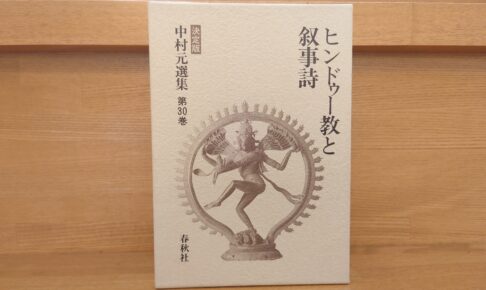R. Gombrich, "History of Theravada Buddhism in India and Sri Lanka" - "Who Listened to Buddha's Teachings?" a great book that makes us think about the connection between society and Buddhism.
This book is highly recommended for learning the general framework of Sri Lankan Buddhism.
Sri Lanka is a country where Theravada Buddhism, which is different from Mahayana Buddhism in Japan, has taken root, as the title of this book suggests. The main flow of this book is to trace the history of Buddhism in Sri Lanka back to the birth of Buddhism in India.
What is unique about this book is its perspective on the "social history of Buddhism. This book looks not only at ideological and historical issues, but also at how Buddhism existed in relation to the society of the time. I am sure you will be surprised by this book. I highly recommend this book.











